The Paradox of Choice in Argentine Tango: Freedom is Earned, Not Given
The Freeze, the Glaze, and the Eight-Count Shuffle
We see it every week. Two dancers step into the embrace, full of hope, ready to improvise. They’ve just learned five new variations of the ocho cortado, a molinete with boleo exit, a sacada into a back cross. Then the music starts. One goes blank. The other squints into the distance like they’re reading microfiche. And suddenly... it’s the same eight-count basic they’ve done since Tango 101. On loop.
This, friends, is the paradox of choice. Everyone says they want freedom. Until they have it.
“Just Tell Me What To Do.”
If we had a peso for every time someone said that in class, we could afford to import a live orchestra for every milonga.
Freedom sounds great in theory. In practice? It’s terrifying.
Improvisation means making decisions in real time, with another human, to music, while walking backwards in high heels. Who wouldn’t want a cheat sheet?
At Ultimate Tango, we’ve found that people crave freedom but cling to certainty. It’s not laziness - it’s biology.
The human brain doesn’t like uncertainty. So when given a choice between an infinite playground and a known sandbox, most dancers stick with the sandbox. Even if they hate it.
Why Milongas Feel Like Midterms
Sequences practiced in class are like flashcards. They help you memorize.
But real dancing isn’t multiple choice. It’s short-form essay, written live, with another author, to live music, in front of an audience.
No wonder people revert to the three steps they trust most.
When our students head to the milonga, we can often tell who’s relying on memory and who’s dancing the moment. The memory dancers wear faces of mild panic.
The improvisers? You can spot them by the smiles - and the occasional delightful disaster they recover from with flair.
So How Do You Actually Practice Improvisation?
Here’s the unsexy truth:
freedom comes from repetition. Not of sequences, but of elements.
We practice walking. Inside partner, outside partner. Forward. Backward. Changing weight without moving. Transferring axis. Pivots. Forward and back ochos. Molinetes and giros – executed by leaders, by followers, reversed, danced by both simultaneously. Continuity in one direction. Direction changes. Close and open embrace. And yes - boleos: front, back, linear, circular, quick and lazy.
These aren’t moves. They’re syllables.
If you want to speak fluently, you’d better master your vowels.
When we teach sequences (yes, we do that too), we beg our students: don’t memorize. Deconstruct. Understand the engine under the hood. Where does this sequence start? Could it start from somewhere else? What if you enter in the middle and reverse it? What if the music shifts and you need a new ending?
Try dancing it slow. Then glacial. Then fast enough to start sweating. Try double-time. Syncopate. Pause. Extend. Skip a beat. Skip two. Then come back.
You’re not trying to survive the sequence. You’re trying to absorb it until it lives in your bones.
The Three Stages of Getting Free
At Ultimate Tango, we’ve noticed dancers pass through three stages on their way to real freedom:
1. Bodily Autonomy. Can you stay balanced while doing what you intend to do? If you can’t pivot, if your molinete pulls your partner off axis, if your boleo has the accuracy of a spaghetti noodle flung across the room - it’s going to be hard to improvise. Get your own body in order.
2. Structural Fluency. Once your legs behave, we start connecting elements. Walking becomes ochos. Ochos become giros. Giros become sacadas. The puzzle pieces start clicking together in infinite ways. Suddenly, you’re not making decisions - you’re recognizing opportunities.
3. Partner Awareness. Now that you know what you can do, you start listening to what you should do - with this partner, in this moment, to this music. This is where the real magic happens. You’re not leading or following. You’re conversing.
Want a challenge? Close your eyes and try leading or following through touch alone. When done right, it feels like telepathy.
Freedom Through (Gasp) Limits
Here’s a spicy take: unlimited options are overrated.
In our advanced classes, we’ll sometimes restrict dancers to just three movements: forward walk, side step, pause. The groans are immediate. But after 15 minutes, they’re creating some of the most musical, inventive dances we’ve seen. “I didn’t know I could be that creative with so little,” one leader said, still sweaty and stunned.
The embrace is the ultimate limitation - and also the birthplace of every creative impulse in tango.
Want Freedom? Earn It.
We invite you to flip your thinking.
Don’t chase freedom. Chase fluency. Master the structure, and freedom will sneak up on you while you're not looking.
We’ve seen it happen again and again. That quiet moment when a dancer stops searching for what comes next and simply listens. Responds. Creates. That’s the moment we live for.
Want more? Join us for the next round of our "Freedom Through Structure aka (starts in 2nd week of May)" workshop series. And until then, come sweat it out with us.
Tango won’t give you freedom.
But it will help you earn it.




